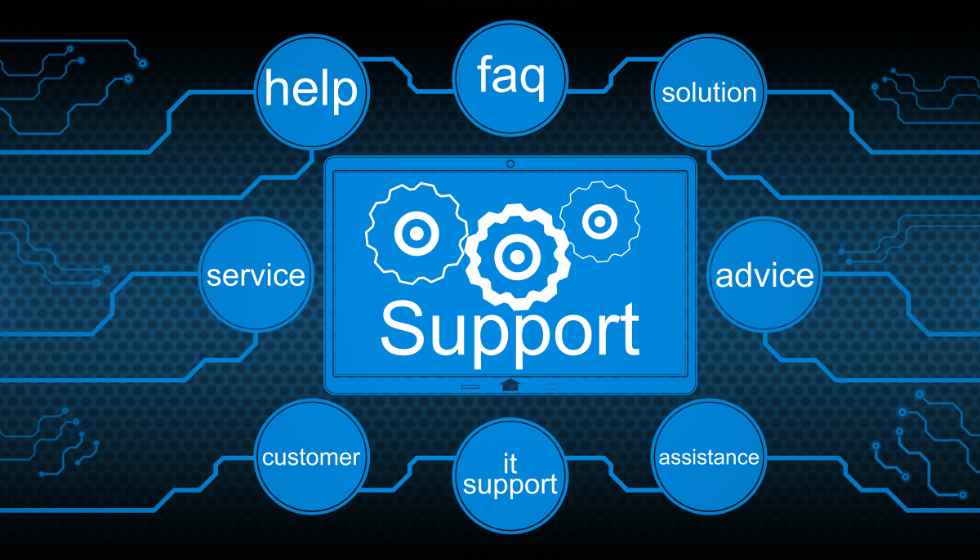How to measure Brand Awareness? Measuring brand awareness is essential to developing a successful marketing campaign. How to measure Brand Awareness? Read on for the six keys to measuring brand awareness so you can create better strategies to achieve your business goals.
With today’s technological advances, companies need to be identified by users. For this, learning how to measure brand recognition will be very useful.
Having control of these metrics is not an easy task; we have the best tips for you to learn how to measure brand recognition.
Public relations, social networks, and brand personality are significant, but so is achieving recognition from your audience. To do this, you must monitor the performance of these metrics. Otherwise, you will never know if they are working.
What Does Brand Awareness Mean?
Marketing knowledge is fundamental for people to select your brand over others. Thanks to this discipline, brands can stand out from the competition regardless of whether their characteristics are very similar. Sometimes it cannot be straightforward to start practicing marketing for your business, but here we will help you understand the steps to follow.
The first step is that we need to understand where we stand in terms of our brand awareness. Brand awareness is the extent to which consumers are aware of our brand, product, or service.
Here we will find out if our brand is the first that people think of when customers think of the products or services. Visibility to consumers also matters. How present are we as a brand? The ideal is to redirect all our efforts to carry out business marketing to achieve more traffic on our platforms and have a more significant presence in the various mass media.
Why Measure Brand Awareness?
One of the main reasons you should measure your brand awareness is to understand brand awareness. Strong brand awareness is commonly associated with increased customer retention, sales, and business longevity. This is very simple; people prefer to make transactions with well-known companies.
And to demonstrate them, here are some statistics that show why brand awareness:
- A successful brand increases customer loyalty and gives the company an enhanced image and a trusted identity.
- 89% of B2B marketers say brand awareness is the most important goal, followed by sales and lead generation.
- 70% of brand managers believe building an audience is more valuable than direct sales.
- Consistent branding can help increase revenue by 23%.
Keys to Measuring your Brand Awareness
We review some of the strategies that will help you measure brand awareness. This includes the use of the Google Analytics tool.
It also includes using branded keywords and extensive work on social media and inbound marketing. Do you want to know these solutions in-depth? Read on to learn how to measure brand awareness.
1. See Direct Traffic in Google Analytics
Measuring brand awareness is one of the keys to seeing if your mid-to-long-term marketing efforts are heading in the right direction.
That’s why we recommend always starting with a bit of research.
Google Analytics lets you know, among many other things, how many visitors arrive after you put your website’s domain in the browser. This is the so-called direct traffic.
How to measure Brand Awareness? If you notice an increase in direct visits to your website or blog, the most likely cause is that brand awareness is increasing.
It is necessary to clarify that the basic definition of direct traffic in Google Analytics is not precise. Why? Because the tool considers some aspects that are not direct traffic, you must be careful.
On many occasions, they should be attributed to the referral channel and others to the organic or SEO channel.
Some of these situations are:
- When someone saves a URL of your website or blog as a favorite, they enter it directly.
- If the person accesses a page of your website using the history of previous visits.
- If someone clicks on a link that takes them to a secure page, the site where this link is does not have the SSL certificate.
- When you access your website by clicking on a link within an intranet.
- If a person clicks on an email that contains a link to your site, as long as you have an email set up on the device.
- If they enter your website using links with JavaScript code.
- If a link is clicked to a 301 redirect that does not contain the referrer parameters.
2. Study the Impact of ‘Brand Keywords’ on your Digital Marketing
If someone puts their brand there on Internet search engines, they naturally know about it. What happens in web analytics and SEO when someone visits your website and uses your brand or a slight variation?
So the expression used in the search engine is known as ‘ brand keywords ‘ or brand keywords.
By default, Google Analytics will tell you that these visits have come through the SEO (organic) channel.
How to measure Brand Awareness? Ideally, seek help from SEO experts or use keyword analysis tools to enhance your digital brand. However, it would help if you differentiated branded keywords from other SEO hits. The reason is that branded keywords are usually not due to SEO efforts but to brand awareness strategy.
This analysis should be part of monitoring your digital marketing efforts, which you should be able to do in an agile way.
3. Monitor Brand Mentions on Social Media
How often do you mention your brand on social media? You have to know the mentions that users make in their accounts and take advantage of them as an opportunity to interact with them.
You must take into account the trend that these mentions are taking.
Do they increase or decrease over the months? Do they come from the same people, or are new users participating? What about your competition?
Remember that tools allow you to measure the interactions in your brand’s networks. This method facilitates a correct evaluation by using objective data each month.




